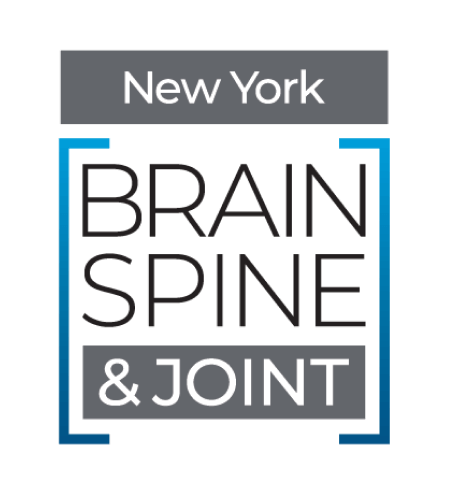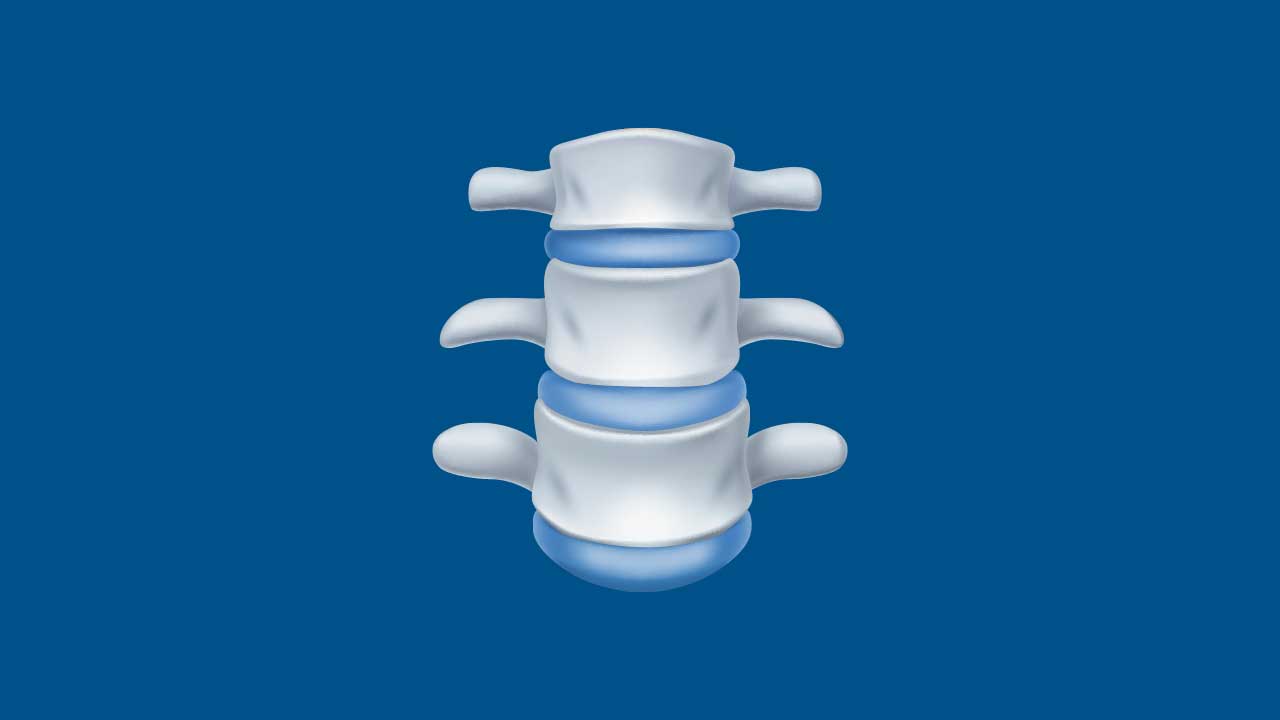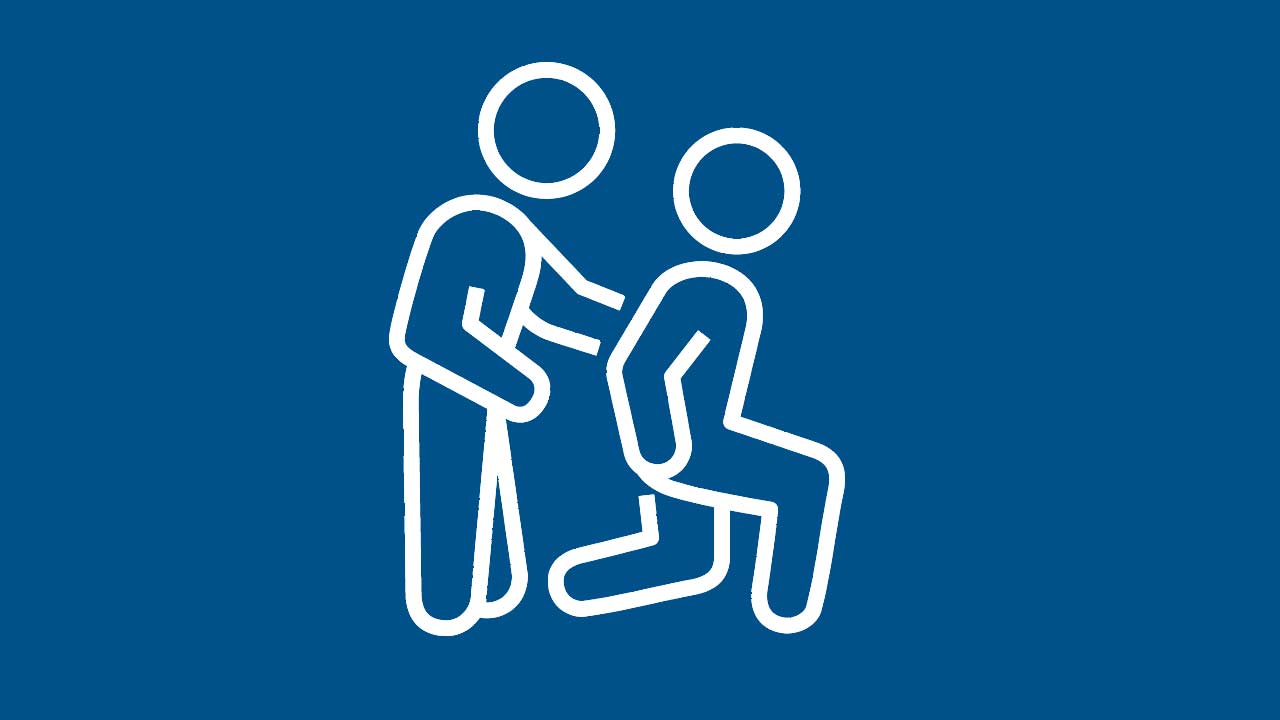Osteoarthritis of the Knee
Share This Page
Osteoarthritis and Knee Conditions: Understanding, Diagnosing, and Treating Knee Pain
Knee pain due to osteoarthritis and other degenerative or injury-related conditions can significantly impact your quality of life, limiting your ability to walk, climb stairs, or enjoy everyday activities. Osteoarthritis, the most common form of arthritis affecting the knee, occurs when the cartilage cushioning the joint gradually deteriorates, leading to pain, swelling, and stiffness. Below, we provide a comprehensive look at knee osteoarthritis and other conditions affecting the knee, including their causes, symptoms, diagnostic procedures, and treatment options—both non-surgical and surgical.
Understanding the Knee Joint
The knee is the largest and one of the most complex joints in the body, crucial for bearing weight, stability, and facilitating movement. The joint connects the thigh bone (femur) to the shinbone (tibia), with the kneecap (patella) sitting at the front to protect the joint. Cartilage covers the ends of these bones, allowing smooth, frictionless movement, while ligaments and tendons provide stability.
Common Knee Conditions Leading to Surgery
- Osteoarthritis:
- A degenerative joint disease where cartilage deteriorates.
- Most common in adults over age 50.
- Leads to joint pain, swelling, and decreased mobility.
- A degenerative joint disease where cartilage deteriorates.
- Rheumatoid Arthritis:
- An autoimmune disease causing inflammation and joint erosion.
- Can affect multiple joints, including knees, causing severe damage.
- An autoimmune disease causing inflammation and joint erosion.
- Meniscus Tears:
- Damage to the cartilage that acts as a cushion between thigh and shin bones.
- Often results from sudden twisting motions, common in sports injuries.
- Damage to the cartilage that acts as a cushion between thigh and shin bones.
- Ligament Injuries (ACL, MCL, PCL, LCL):
- Tears or ruptures of knee ligaments typically due to sports or traumatic injuries.
- May require surgical repair or reconstruction for optimal recovery.
- Tears or ruptures of knee ligaments typically due to sports or traumatic injuries.
Who Is at Risk?
- Age: Individuals aged 50 and older are more prone to osteoarthritis.
- Sports and High-Impact Activities: Athletes or individuals engaging in repetitive high-impact activities.
- Obesity: Excess weight increases stress on knee joints.
- Previous Injuries: Past knee trauma or surgery can predispose individuals to arthritis or instability.
- Genetic Factors: Family history of joint disorders or arthritis.
Common Symptoms of Knee Conditions
- Pain and swelling in and around the knee joint.
- Stiffness or difficulty bending the knee.
- Grinding, popping, or clicking sensations.
- Reduced knee mobility and function.
- Instability or "giving way" sensation, especially during physical activities.
Diagnosing Knee Conditions
- Medical History and Physical Exam:
- Assessment of symptoms, previous injuries, and activity levels.
- Examination for swelling, tenderness, and range of motion.
- Assessment of symptoms, previous injuries, and activity levels.
- Imaging Tests:
- X-rays: Identify bone abnormalities, joint space narrowing, and bone spurs.
- MRI: Provides detailed images of soft tissues, including cartilage and ligaments.
- CT Scan: May be used to examine bone detail and structure.
- X-rays: Identify bone abnormalities, joint space narrowing, and bone spurs.
- Arthroscopy:
- A minimally invasive procedure to directly visualize the knee joint internally for diagnosis and treatment.
- A minimally invasive procedure to directly visualize the knee joint internally for diagnosis and treatment.
Non-Surgical Treatment Approaches
Many knee conditions initially respond well to conservative, non-surgical treatments designed to relieve pain, reduce inflammation, and improve mobility:
- Medications:
- NSAIDs or acetaminophen for pain relief and inflammation reduction.
- Corticosteroid injections to manage acute inflammation.
- NSAIDs or acetaminophen for pain relief and inflammation reduction.
- Physical Therapy:
- Exercises to strengthen the muscles surrounding the knee, improving stability and reducing stress on the joint.
- Range-of-motion exercises to increase flexibility and function.
- Exercises to strengthen the muscles surrounding the knee, improving stability and reducing stress on the joint.
- Assistive Devices:
- Knee braces or orthotics to stabilize the joint and reduce pain.
- Canes or walkers for improved mobility and support.
- Knee braces or orthotics to stabilize the joint and reduce pain.
- Lifestyle Modifications:
- Weight loss to reduce joint stress.
- Low-impact exercises like cycling or swimming to maintain knee health without added strain.
- Weight loss to reduce joint stress.
Surgical Treatment Options
When conservative treatments fail to provide adequate relief, or when structural knee damage significantly affects daily life, surgical interventions may be recommended:
- Arthroscopic Surgery:
- Minimally invasive surgery to repair or remove damaged cartilage, meniscus, or ligaments.
- Minimally invasive surgery to repair or remove damaged cartilage, meniscus, or ligaments.
- Osteotomy:
- A procedure to reshape the bones around the knee, shifting weight away from damaged areas.
- Often suitable for younger, active patients.
- A procedure to reshape the bones around the knee, shifting weight away from damaged areas.
- Partial Knee Replacement:
- Replacement of only the damaged portion of the knee joint.
- Suitable for localized damage, typically resulting in quicker recovery compared to total replacement.
- Replacement of only the damaged portion of the knee joint.
- Total Knee Replacement (Arthroplasty):
- Replacement of the entire knee joint with artificial components.
- Highly effective for advanced arthritis, significantly improving pain relief, mobility, and quality of life.
- Replacement of the entire knee joint with artificial components.
Recovery and Rehabilitation
Postoperative rehabilitation is essential for optimal recovery following knee surgery:
- Hospital Stay and Early Mobilization:
- Early physical therapy begins soon after surgery to promote circulation, reduce swelling, and initiate mobility.
- Early physical therapy begins soon after surgery to promote circulation, reduce swelling, and initiate mobility.
- Structured Rehabilitation:
- Customized physical therapy programs focused on strengthening, flexibility, and regaining full function.
- Customized physical therapy programs focused on strengthening, flexibility, and regaining full function.
- Long-term Care:
- Continued exercises and periodic medical check-ups help maintain surgical benefits and prevent complications.
- Continued exercises and periodic medical check-ups help maintain surgical benefits and prevent complications.
Maintaining Knee Health
Proactive measures can reduce the risk of knee conditions and preserve joint health:
- Maintain a healthy weight.
- Regularly engage in low-impact activities like swimming, cycling, or walking.
- Strengthen leg muscles to support the knee joint.
- Avoid repetitive high-impact activities if at risk for knee issues.
Our Multi-Disciplinary Approach in NYC
Our multi-location, multi-disciplinary medical practice in the New York City metro area provides advanced, comprehensive care for knee conditions, including osteoarthritis. Our expert team includes orthopedic surgeons, rehabilitation specialists, and pain management professionals, offering personalized care plans and utilizing advanced surgical techniques to restore knee function and improve your quality of life.
Additional Resources:
- National Institute of Arthritis and Musculoskeletal and Skin Diseases (NIH)
- American Academy of Orthopaedic Surgeons (AAOS): Knee Replacement
Disclaimer: This article is intended for informational purposes only and is not a substitute for professional medical advice, diagnosis, or treatment. Always consult a qualified healthcare provider regarding any medical condition or treatment plan.















